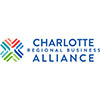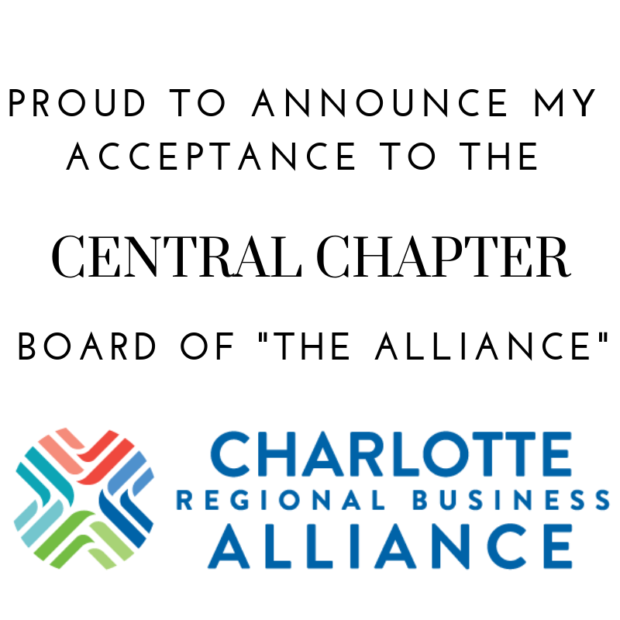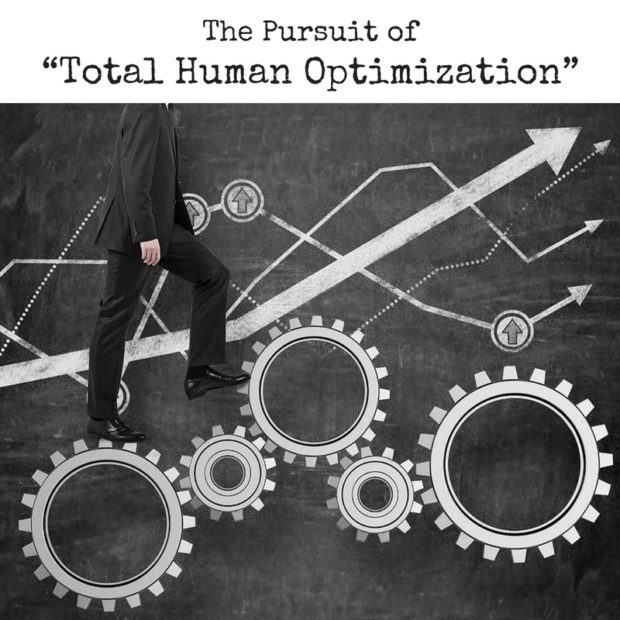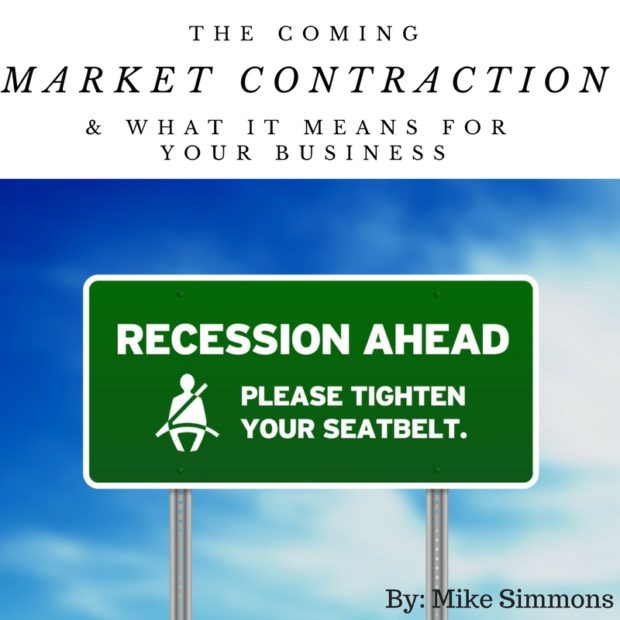Some exciting changes will be occurring at WIMS built around the development and expansion of an advisory service line focusing on organizational consulting. This move serves as a commitment to establish an internal culture based on sustainable internal project management and organizational structure. The steps are in place to strengthen the project portfolio at WIMS as a case study for future external reference. As with any new expansion this is going to be a learning experience and the journey will be very meaningful and informative more so than the outcome.
The WIMS Organizational Consulting service line offers a range of organizational design and project management methodologies for organizational wide solutions as well as specific projects. These services begin with an informational interview to gain an understanding of the current situation and project management systems in place. From this initial conversation an organizational strategy will be outlined focusing on specific areas that will be focused on to ensure that a sustainable project management system can be implemented. Communication is critical and the goal of the services offered is to provide a project management system which will fit into your organization and be used for the creation of a long-term project management strategy.
Once communication has been addressed the focus will pivot to time management and communication to help create and expand a system for project planning and improve on dividing tasks between employees. This is when the focus will be on auditing the current operations and providing an understanding of how a well-structured project management system can lead to meeting important deadlines, improved customer satisfaction, and higher returns on investment.
After this stage of information gathering the WIMS team will provide a series of recommendations on what project management techniques to implement and how to stay on the right course to make these initiatives sustainable. The formation of a stronger project management system will improve the internal capabilities along with a boost in employee retention. The specific needs of your organization will be understood and enhanced by reaching out to WIMS and taking the time and effort to invest in a sustainable project management system.
This important initiative is going to be an exciting learning experience which will undoubtedly have some road bumps and unexpected turns but will lead to growth and reflection. Above all understand that the changing and building of project systems is difficult and members of the team must be given information about what is happening and have an outlet to provide meaningful feedback. While reviewing existing processes it is common to focus on what is not being done correctly but the time should also be taken to identify what is done smoothly and identify best practices which can help replicate what is accomplished successfully. Taking the time back and focusing on growth is a great way to create the right mind set for a successful spring and ensure that the right course of action has been set for the rest of the year.
Project Management means focusing on growth from the core and takes conscientious efforts and reflections to effectively be implemented. By developing the internal project management system of WIMS in a strategic way and focusing a considerable amount of time and resources on internal development the ability to scale future growth in a more seamless fashion can be created. The time spent on building an internal team and project management system will allow for an expansion of future services offerings across industries.
Creating internal systems and focusing on the weak points that exist in communication and executing future growth will be undertaken when the resources and systems necessary for success are in place. This growth and development will take time and reflection to understand and scale organizational design and project management solutions across industries including real estate, healthcare, legal, sports business, professional services and technology.






